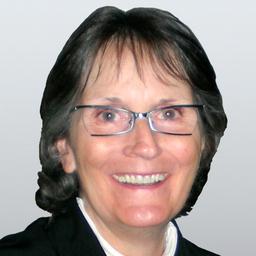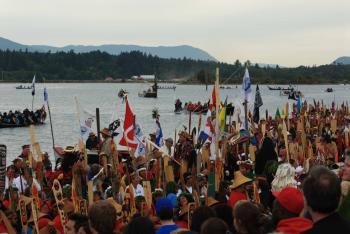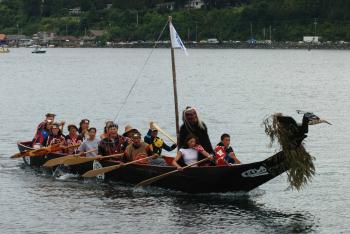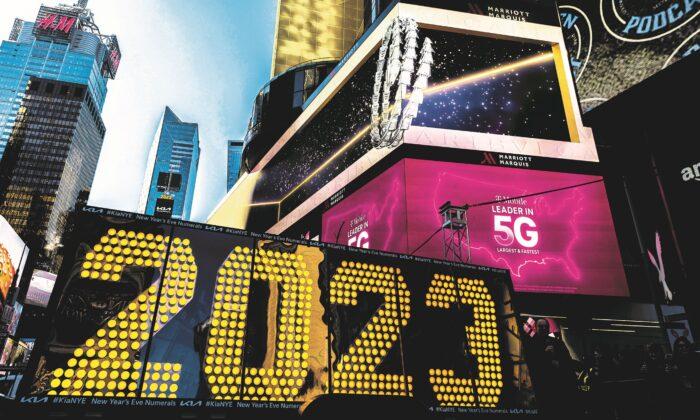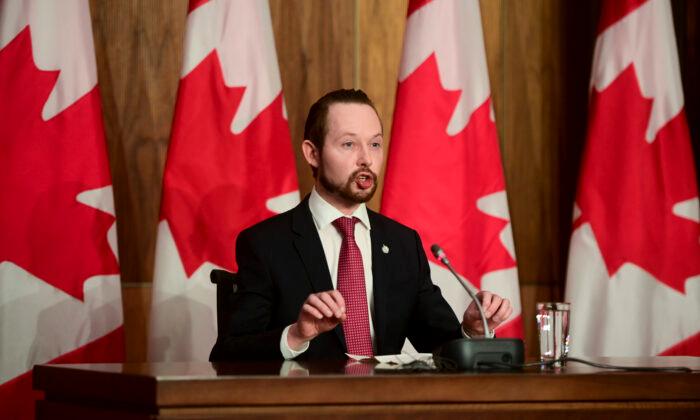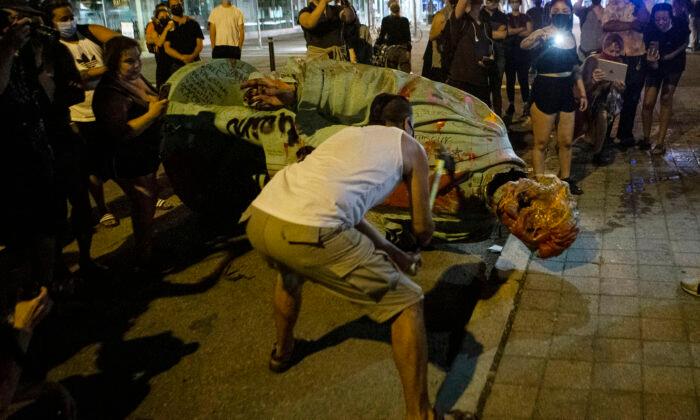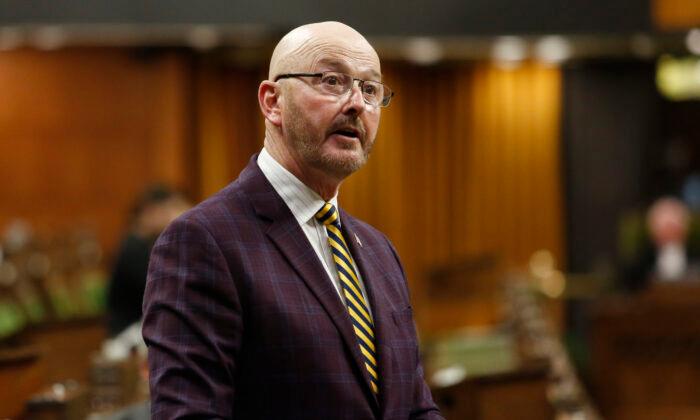Held every two to three years in various locations in Canada and the U.S., this year NAIG will take place in picturesque Cowichan (Quw'utsun), an hour north of Victoria on Vancouver Island.
About 5,000 aboriginal athletes from across North America will compete in 14 sports, including soccer, archery, boxing, lacrosse, rifle shooting, wrestling, canoe racing and athletics.
Highlights include an 8,000-strong “Parade of Nations” through nearby Duncan. Upon arriving at the opening ceremony grounds, each team will be formally welcomed into Cowichan territory by Chief Lydia Hwitsum and elders of the community.
The games will be officially opened by B.C. Lieutenant Governor Hon. Stephen Point. Secretary of State Helen Guergis and Premier Gordon Campbell will also attend the opening ceremony.
Something that sets NAIG apart from other international amateur sporting events is its emphasis on culture. Cowichan 2008 will have a “cultural village” that includes a concert series, a film festival and an artists’ market consisting of 100 booths.
“We’re hoping to expose people to things they might not normally have been exposed to. There’s all kinds of things we’re hoping they’ll experience while they’re here,” says Ron Rice, NAIG cultural events ceremonies manager.
As well as awarding gold, silver and bronze medals to individual winning athletes, the John Fletcher Spirit Award will be presented to the team that best demonstrates “the spirit of teamwork, fair play, respect and integrity” throughout the games.
Since the first indigenous games were held in Edmonton in 1990, the event has helped foster healthier lifestyles among First Nations youth, according to NAIG sports manager Garrett Elliott.
“It’s like throwing a pebble in the water, the ripple effects can be immense for each athlete. Some athletes can hopefully move on to bigger and better things such as the Olympics or national teams. Sport also gives them an opportunity to build life skills, self confidence and overcome personal struggles.”
Port Alberni’s Brooke Pighin, 18, is one such athlete. Currently attending California’s Fresno State University on a scholarship, Pighin is a member of both the senior and junior national teams and got profiled earlier this year to compete in the 2012 Olympics in London, England.
A multi-sport athlete of Metis ancestry, Pighin was the B.C. Female Aboriginal Athlete of the Year in 2007. She won gold medals in javelin and high jump and a bronze in discus at the 2006 NAIG in Colorado.
At Cowichan 2008 Pighin will compete in shotput, javelin and high jump. She says being in sports has “kept me out of trouble” and opened many doors that might otherwise have stayed closed.
“It’s paying for my university, and I get to travel the world going to track meets with Team Canada and stuff. It’s brought a lot of great things into my life that I probably wouldn’t have done just on my own.”
Robert Burns, 17, says playing the “demanding” sport of soccer has helped him grow as a person with the result that he “tries harder in school as well as in soccer.” He believes being involved in sports can help young people avoid substance abuse.
“It occupies you…you’re involved with people who have the same drive that you have. That feeling is great and can’t be replaced by alcohol and drugs.”
Expecting a high level of competition at Cowichan 2008, Burns has been training hard in recent months.
“Coach is going for the gold,” he says. “We have a good chance to win — we are a very disciplined team.”
Tribal Journeys, an annual canoe voyage celebrating First Nations culture, marked the start of NAIG. On Monday night, Cowichan Bay witnessed the majestic sight of 106 ocean-going canoes converging on the shore, some as long as 16 metres and decorated with cedar wreaths or carved figureheads.
Traveling from four directions, the canoes came from as far afield as Alaska, the Queen Charlotte Islands, Oregon and the west coast of Vancouver Island. They were received into Cowichan territory with a traditional Coast Salish welcome which included drumming, singing and feasting.
The canoes brought with them the Cowichan 2008 Spirit Pole, the centerpiece of the games. A 20-foot western red cedar log from Stanley Park, the pole traveled across B.C. during which it was transformed into a story pole commemorating the history of B.C.’s aboriginal peoples.
While the master carver of the spirit pole was Coast Salish artist Carey Newman, an estimated 10,000 people in 51 communities also had a hand in carving it. It will be raised permanently at the Cowichan Cultural and Conference Centre.
NAIG would not be possible without the 2,000 volunteers who are contributing hundreds of hours of their time. Rice says the entire effort is “building capacity” within the Cowichan community and building bridges between aboriginals and non-aboriginals.
“The relationship that has been struck by working so closely with the community at large is something that really can’t be measured. The value of the relationship is worth far more than the number of hours that have been committed,” he says.

